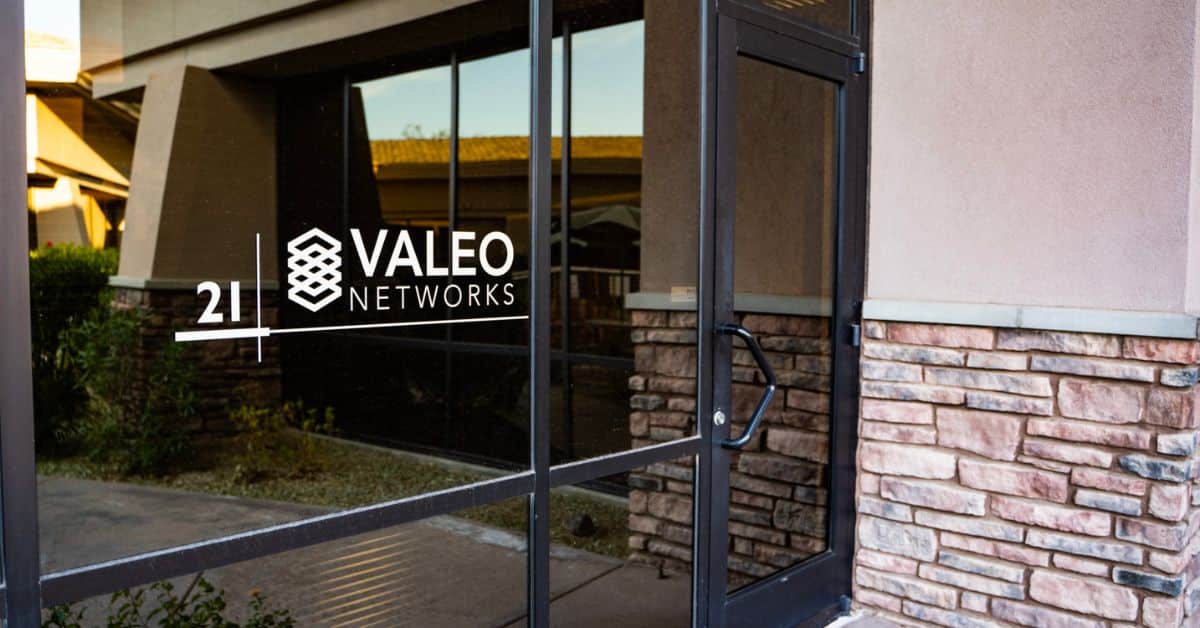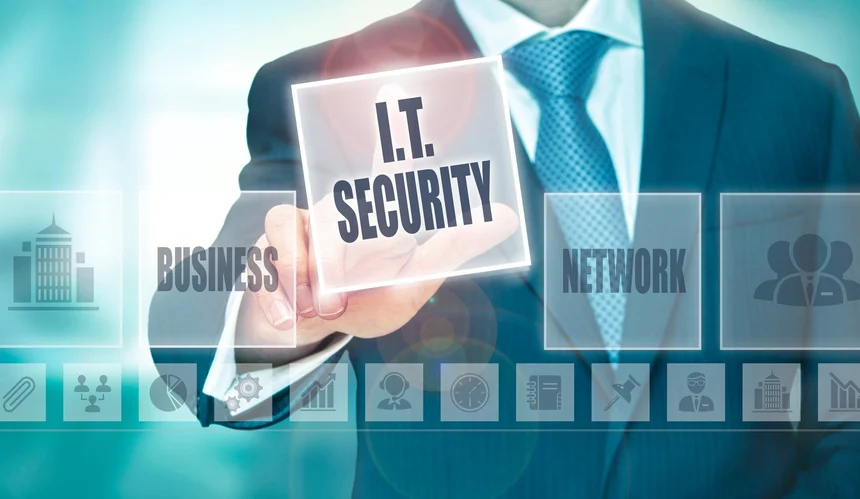5 Vulnerabilities Hackers Target to Breach Your Network and How to Protect Yourself
Cybercrime inflicts a heavier financial toll on its victims than natural disasters worldwide. Perpetrators view it as a lucrative illicit path, often...
Cyber threats are a genuine danger for businesses, no matter their size or industry. Companies that face data breaches are likely to fail within months after the attack, according to the National Cyber Security Alliance. Security issues can ruin your reputation and cause expensive damage to your company.
In 2019, we are already predicting increased cyber crimes to steal more data and resources. The FBI reported that over $1.4 billion in losses were experienced by companies and individuals in 2017. These expenses come from increasing security, losing information, losing physical resources, ransomware payouts, scams and more. The most significant sources of cybercrime included:
Looking forward into 2019, we are preparing to face some of the biggest and hardest attacks yet. Hackers are working to build faster and smarter tools that get around the security systems and regulations that organizations and companies have in place. Companies have to be prepared for cybercrimes that could wreak havoc on their customers or business. Most industries have strict compliance and regulations to keep data safe and can face fines or even jail time if they are not diligent in their cybersecurity efforts. Here are the five major cybersecurity trends we expect to see in 2019:
The password alone is becoming increasingly easy for hacker entry. Fingerprints, ear scans and even social security numbers are all increased measures of security to help battle cybercrime. Using multi-factor passwords is going to be a crucial part of security for 2019 for both personal data and organizational strategies. A large amount of data breach occurs due to human error or negligence so multifactor passwords can help decrease some of those occurrences.
The EU pushed businesses everywhere when they required the adaptation of the General Data Protection Regulation (GDPR). Many companies and organizations that didn’t have dealings in the EU started making changes to prepare for the level of modifications expected so they wouldn’t be scrambling to catch up later. The regulations that went into effect this past May are still going to have a significant impact on 2019.
Last year, ransomware cost over $1billion in damage, but we see a shift towards crypto jacking as the more popular attack. Ransomware takes a lot of research, social engineering and development. In many cases, the payments have gotten smaller because companies, educational institutions and organizations are refusing to pay the ransom at all. Cryptojacking is stealing cryptocurrencies by leveraging the computers of an unsuspected user without their knowledge or permission. When a cyber criminal puts the crypto mining program into effect (often in a JavaScript), the system will slow it’s processing power as it also operates the mining efforts. This can cause whole systems to falter, leading to sluggishness or downtime for businesses. Best case means lost productivity, but a worst case might bean major blackouts if the attack occurs on electrical utility computers or huge issues for patients if the attack is happening to a hospital. This method of cybercrime is less time consuming to set up, more accessible for the hacker to implement, provides a higher payout and often is harder to track.
We are seeing a heightened increase in artificial intelligence (AI) and machine learning (ML) that cybercriminals are using to focus their attacks. Hackers are using these systems to train and fine-tune their own programs with malicious intent while maintaining a strategic distance.
The Internet of Things (IoT) is a grouping of intelligently connected systems that might include vehicles, devices, appliances, electronics, software, connectivity and actuators. These primarily are unregulated and we expect 2019 to be the year when the security issues here may finally be addressed. This may require certifications or a governmental agency to step in and formulate laws. With increased connectivity, the
threat of IoT security breaches are genuine public safety concerns and shouldn’t be taken so lightly. Companies that produce these connective devices and software should already be carefully considering these concerns and how to best keep the users protected.
We know tech threats are a genuine issue for your business. Outsourcing tech support or tech help is one way to ensure you have all of your bases covered. If you need help implementing security, contact us today. We offer the strategies, technology and expertise to keep you protected!


Cybercrime inflicts a heavier financial toll on its victims than natural disasters worldwide. Perpetrators view it as a lucrative illicit path, often...

In order for executives and CEOs to invest in something, they often want to see a return on investment, which is understandable, but with cyber...

Companies large and small increasingly turn to cloud platforms to run their business and store important information. Keeping this information safe...

With cutting-edge technology and quality customer service,
you’ll find everything you need to help your company soar
with Valeo Networks.
1006 Pathfinder Way
Rockledge, FL 32955
Business Hours:
M-F: 8AM-9PM
© 2025 Copyright Valeo Networks. All Rights Reserved.